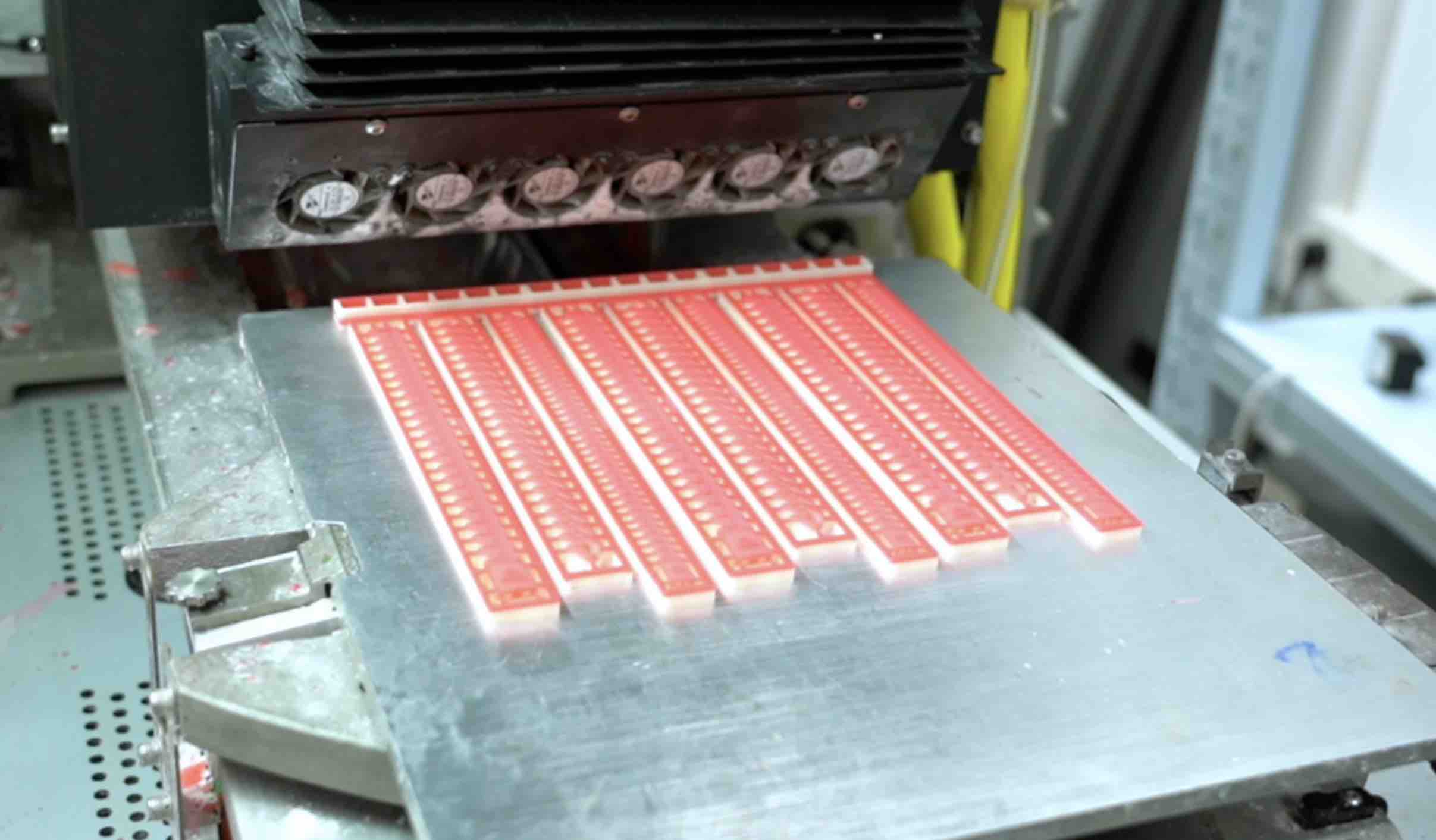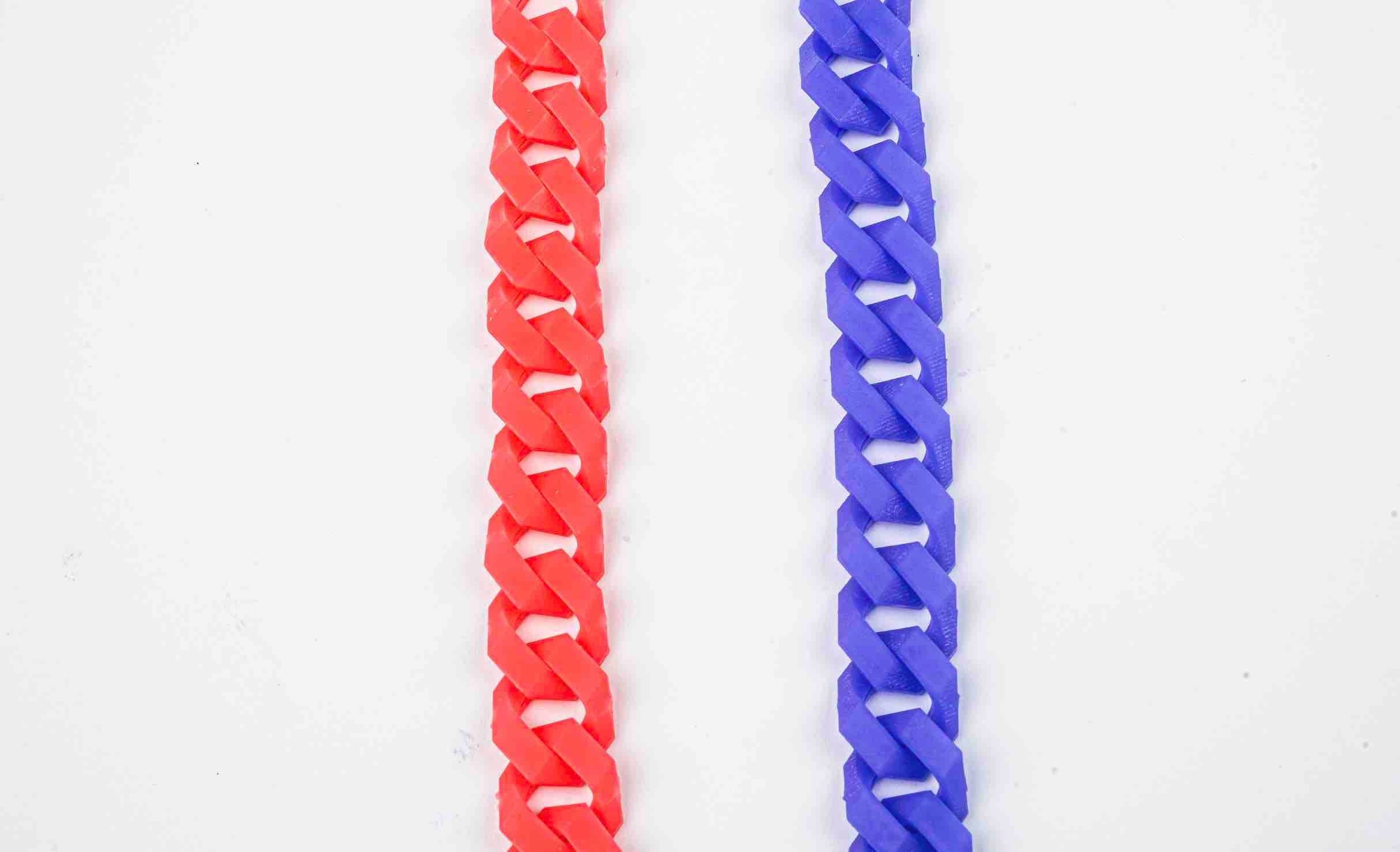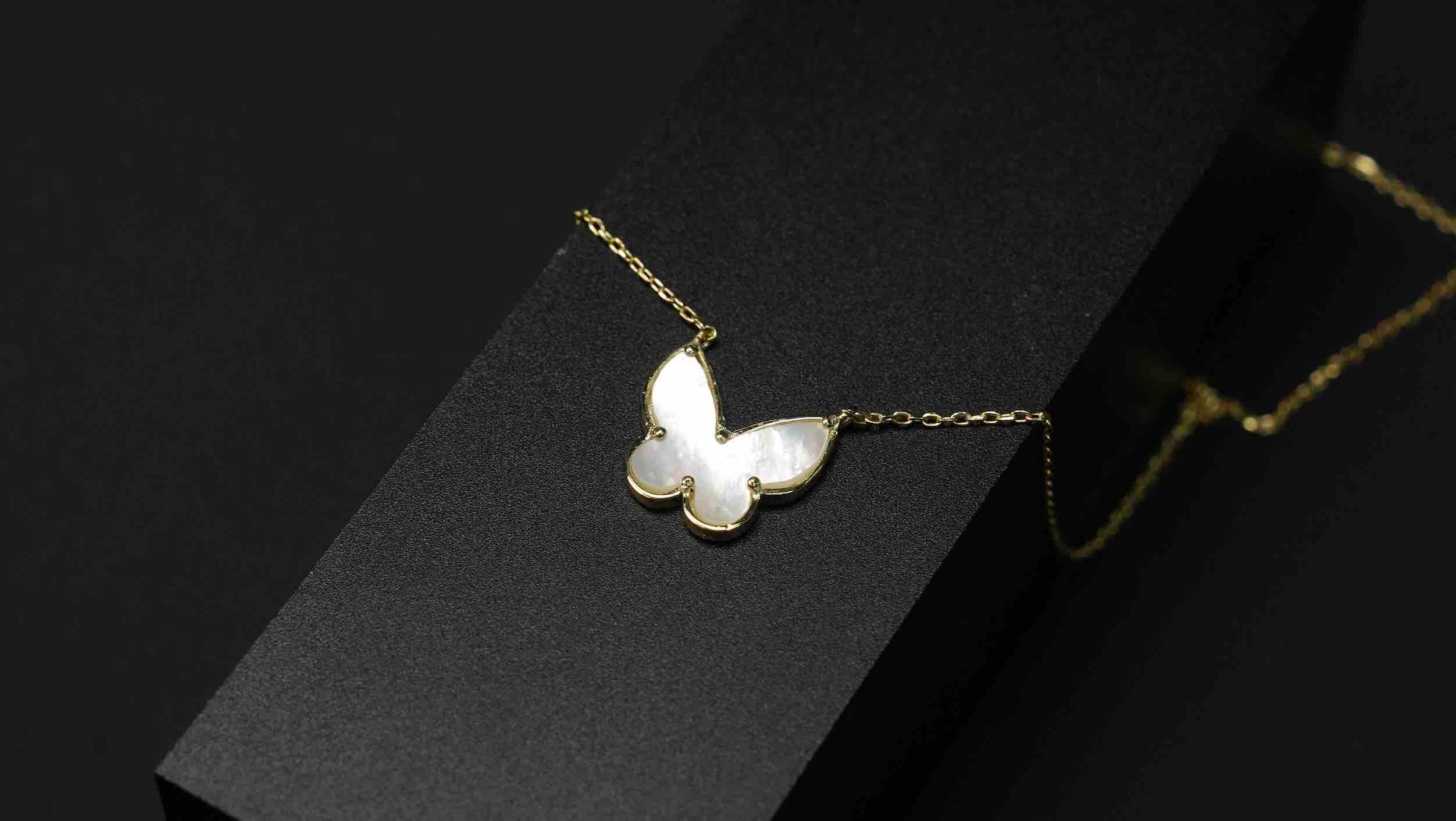Understanding Casting Wax: Four Key Wax Types and Their Uses
In investment casting—also known as the lost-wax process—casting wax plays a pivotal role across a wide range of applications, from jewelry and art sculptures to aerospace components, automotive parts, and medical instruments. As the foundational material for creating wax patterns, it influences every subsequent step of the workflow. The choice of wax not only determines the dimensional accuracy and surface detail of the wax pattern, but also affects the stability of the ceramic shell and the smoothness of the dewaxing process. When the wrong wax formulation is used, it can lead to pattern deformation, poor surface finish, shell cracking, or even failed dewaxing. In many cases, the quality and yield of the final metal parts are largely defined by the performance and suitability of the casting wax itself.
Why Is Casting Wax So Important in the Lost-Wax Process?
Casting wax is the primary material used to create wax patterns, which form the foundation of the entire investment casting workflow. As the core of the lost-wax process, the wax pattern defines the geometry, surface quality, and dimensional consistency of the final metal part. Every step that follows—shell building, dewaxing, metal pouring, and final finishing—depends on the precision and stability of this initial wax model. In other words, a high-quality wax pattern is the key to achieving high accuracy, smooth surfaces, and reliable yield in investment casting.
The primary functions of casting wax include:
Forming the prototype model of the metal part (the wax pattern)
The wax pattern defines the final geometry, surface details, and dimensional accuracy of the cast metal component.
Serving as the structural base for ceramic shell building
Layers of ceramic slurry are applied over the wax model, gradually forming a high-strength mold used for casting.
Melting or vaporizing cleanly during the dewaxing process
Once heated, the wax must be completely removed, leaving a precise cavity for molten metal to be poured into.
Directly influencing the surface quality of the final casting
The smoothness and material properties of the wax determine whether the finished metal part will have a clean, uniform surface without marks or texture defects.
Casting wax affects several critical aspects of the investment casting process:
- Whether the wax pattern is prone to deformation
- Whether the material provides consistent and predictable shrinkage
- Whether it can be fully dewaxed without damaging the ceramic shell
- Whether it can withstand repeated dipping and shell-building stresses
- Whether it can be reused or recycled efficiently
- Whether the surface finish is smooth enough—especially important for jewelry and art applications
For these reasons, casting wax is not merely an auxiliary material. It is one of the core factors that directly determines the yield rate and overall success of the entire casting process.
The Four Main Types of Casting Wax
Filled Pattern Wax
Filled Pattern Wax is one of the most widely used high-performance waxes in modern industrial investment casting. By incorporating fillers such as ceramic powder, metal powder, or BPA-based materials, this wax type offers significantly enhanced mechanical and dimensional properties. It is known for its exceptional strength and stability, making it a preferred choice for precision casting of complex and high-value components.
Role of Fillers:
- Increased hardness and rigidity:
The added fillers improve the overall strength of the wax pattern, preventing deformation during handling, assembly, or shell-building.
- Reduced cooling shrinkage:
Lower and more predictable shrinkage ensures excellent dimensional accuracy, especially for large or high-value castings.
- Enhanced compression resistance:
The improved structural integrity helps maintain pattern geometry during slurry dipping and ceramic shell construction, reducing the risk of breakage or warping.
Advantages (Expanded):
- Ideal for highly precise industrial components such as aerospace turbine blades and engine parts
- Extremely low risk of distortion during processing
- Capable of meeting ultra-tight dimensional tolerances (±0.1%)
- Excellent thermal stability, ensuring structural integrity even under elevated shell-building temperatures
- Suitable for large parts and complex assemblies with uneven wall thickness
Disadvantages (Detailed):
- Cost is 2–4 times higher than standard pattern wax
- Higher viscosity requires specialized injection equipment
- Difficult to recycle, increasing operational costs for the foundry
- Some high-fill formulations require burn-out rather than simple melt-out, adding complexity to the process
Typical Applications:
- Aerospace components
- Automotive engine parts, pump impellers, and turbine components
- Medical device manufacturing
- Industrial-grade precision metal components
Non-Filled Pattern Wax
Compared with filled pattern wax, Non-Filled Pattern Wax is softer, more fluid, and significantly easier to process. It is also more affordable, making it one of the most commonly used wax materials for small to medium-sized investment casting applications, particularly in jewelry and art casting.
Material Characteristics:
- No fillers, resulting in excellent surface smoothness and fine detail reproduction
- Fully meltable and highly recyclable, with reuse rates reaching 70–90%
- Low viscosity, making it ideal for injection wax systems
- Higher thermal shrinkage, which is acceptable for small components but limiting for larger parts
Advantages (Expanded):
- Cost-effective and economical, suitable for mass production and small workshops
- Produces exceptionally smooth surfaces, ideal for jewelry, crafts, and artistic pieces
- Easy to work with, allowing for effortless manual trimming, carving, and pattern repair
- Highly compatible with a wide range of shell-building materials
- Works seamlessly with 3D printing and casting workflows, especially in jewelry where resin-printed masters require precise wax injection
Disadvantages (Expanded):
- Higher cooling shrinkage, increasing the risk of warping or collapse in large or thin-walled components
- Sensitive to temperature fluctuations, requiring controlled storage and processing conditions
- Not suitable for long sprues, heavy gating structures, or large structural parts because of lower rigidity
Typical Applications:
- Gold and silver jewelry casting
- Art pieces and small sculptural works
- Small mechanical components
- Hybrid workflows combining 3D printing + precision metal casting
Runner Wax (Gating Wax)
Runner Wax, also known as Gating Wax, is specifically designed for creating sprues, cross runners, and main gating systems in investment casting. It plays a critical role in directing molten metal throughout the mold and ensuring the quality of the final casting.
Material Characteristics:
- Excellent flowability, allowing precise shaping of sprues and runners
- Strong adhesion, ensuring a firm bond with pattern wax
- Lower melting point, reducing the risk of ceramic shell cracking during burnout
- Moderate thermal stability, minimizing the risk of breakage during handling
- Cost-effective, often made from recycled wax for economical production
Function in Casting:
- Controls the flow of molten metal into the mold cavities
- Prevents common casting defects such as shrinkage porosity, slag inclusion, or incomplete filling
- Essential for complex gating systems and multi-part assemblies
Advantages (Expanded):
- Reduces the risk of incomplete fills, ensuring consistent metal flow
- Maintains a sealed gating system, preventing leaks or misruns
- Easy to cut, shape, and adjust, providing flexibility during mold preparation
- Works synergistically with Sticky Wax, enabling fast assembly of intricate gating networks
Typical Applications:
- All types of lost wax casting processes
- Particularly critical in multi-part or multi-cavity castings, where precise metal distribution is essential
- Suitable for jewelry, art pieces, and industrial components requiring accurate sprue design
Water-Soluble Wax
Water-Soluble Wax represents one of the most advanced types of casting wax available today. It enables the creation of highly complex structures that are difficult or impossible to achieve with traditional wax, such as intricate internal cavities and undercut features.
Material Characteristics:
- Can be completely dissolved in water prior to metal casting when combined with regular pattern wax
- Leaves no residue, ensuring the ceramic shell remains intact
- Ideal for producing internal cavities, hollow structures, or undercut molds
Advantages (Expanded):
- Allows the creation of extremely complex internal geometries
- Perfect for lightweight or hollowed designs, optimizing material use and reducing weight
- Facilitates sophisticated designs that combine aesthetic and functional requirements
Limitations:
- Higher cost compared to conventional waxes
- Sensitive to humidity, requiring sealed storage to maintain stability
- More complex processing, often requiring dual mold setups: one for the water-soluble core and one for the pattern wax
- Requires careful handling to prevent deformation or premature dissolution
Typical Applications:
- Aerospace: lightweight components with internal cavities
- Medical: precision parts with complex internal geometries
- Jewelry: hollow rings, intricate openwork designs
- Art & Sculpture: detailed internal textures and complex layered structures
Castable Resin vs. Casting Wax
With the advancement of SLA, DLP, and LCD 3D printing technologies, Castable Resin has become an important alternative to traditional Casting Wax. Many small jewelry studios and workshops now use castable resin for printing models, especially for moderately complex designs. It allows designers to quickly prototype intricate shapes and verify details before casting.
However, Casting Wax remains irreplaceable in precision investment casting for several reasons:
- Superior thermal behavior: During the mold burnout process, wax softens gradually under heat, minimizing the risk of shell cracking or expansion.
- Lower melting point: Wax is better suited for large-scale, repetitive production runs.
- High recyclability: Wax can often be reused multiple times, reducing operational costs.
- Minimal ash content: Wax produces extremely low residue after burnout, far lower than castable resin, ensuring a cleaner mold for metal casting.
- Faster processing: Wax patterns can be produced and prepared much faster than resin, particularly for larger models, improving overall workflow efficiency.
In short, while castable resin is an excellent tool for flexible prototyping, Casting Wax continues to be the preferred material for high-precision, large-scale, and reliable investment casting applications.



